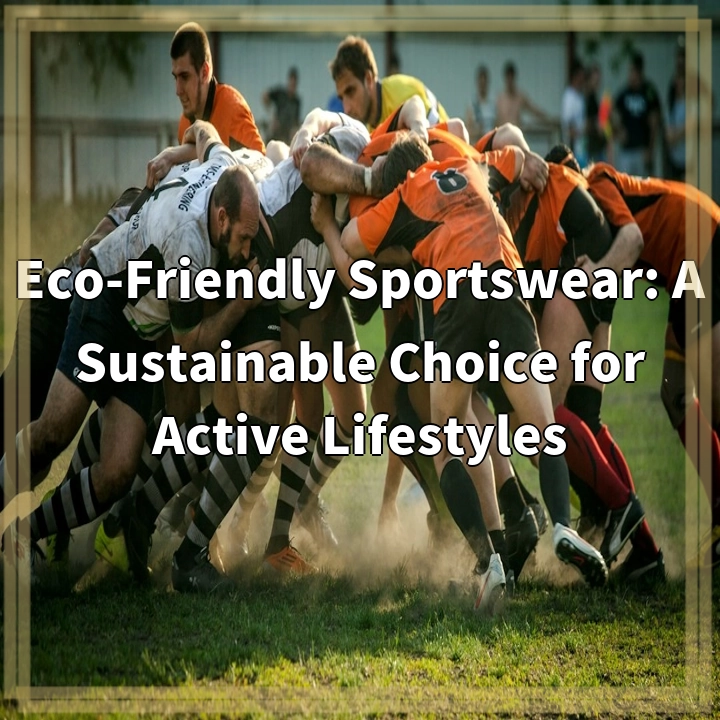
What is Eco-Friendly Sportswear?
Eco-friendly sportswear refers to athletic clothing and gear that is produced using sustainable materials and manufacturing processes. It is an alternative to traditional sportswear, which often relies on non-renewable resources and contributes to environmental degradation.
Real-World Problems Associated with Eco-Friendly Sportswear
Eco-friendly sportswear faces several challenges in today’s fashion industry. These include:
1. Limited Availability
Despite the growing demand for sustainable products, eco-friendly sportswear options are still relatively limited compared to traditional sportswear. This can make it more difficult for individuals to access and purchase these eco-conscious options.
2. Higher Price Points
One of the main barriers to widespread adoption of eco-friendly sportswear is its higher price point compared to conventional alternatives. Sustainable manufacturing practices and the use of organic or recycled materials often result in higher production costs, which are then passed on to the consumer.
3. Performance and Durability Concerns
Sustainability should not come at the expense of performance and durability. Eco-friendly sportswear often faces the challenge of meeting the high-performance standards required by athletes while maintaining its sustainable characteristics. This can be a concern for individuals who require sportswear that can withstand intense physical activities.
4. Lack of Standards and Greenwashing
The lack of standardized certifications and labels for eco-friendly sportswear makes it challenging for consumers to differentiate between genuinely sustainable products and those that may be misleadingly marketed as such. This phenomenon, known as greenwashing, can create confusion and skepticism among consumers.

Solutions for Eco-Friendly Sportswear
Despite the challenges faced by eco-friendly sportswear, there are several solutions and initiatives that can help address these issues:
1. Increased Awareness and Education
By spreading awareness about the benefits of eco-friendly sportswear and the environmental impacts of traditional alternatives, individuals can make more informed choices. Education can also help consumers understand the value behind the higher price points and encourage them to prioritize sustainability over short-term cost savings.
2. Collaboration and Partnerships
Collaboration between sportswear brands, manufacturers, and sustainability-focused organizations can help accelerate the development and availability of eco-friendly options. By sharing knowledge and resources, brands can overcome production challenges and increase the range of sustainable sportswear choices.
3. Innovation in Materials and Technology
Ongoing research and development into sustainable materials and manufacturing techniques are crucial for improving the performance and durability of eco-friendly sportswear. Innovations such as recycled polyester, plant-based fabrics, and waterless dyeing processes can contribute to creating high-quality sustainable products.
4. Certifications and Transparency
Establishing industry-wide certifications and labeling systems can help consumers identify genuine eco-friendly sportswear products. Brands can voluntarily seek certifications to provide credibility and transparency regarding their sustainability claims. This can mitigate greenwashing and instill trust in the market.















